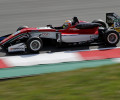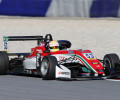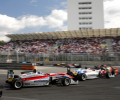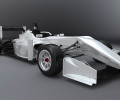The 2017 FIA Formula 3 European Championship car – another step forward
FIA Single-Seater Commission President Stefano Domenicali looks at the most recent changes to technical regulations in the FIA Formula 3 European Championship and how the series has progressed in recent years
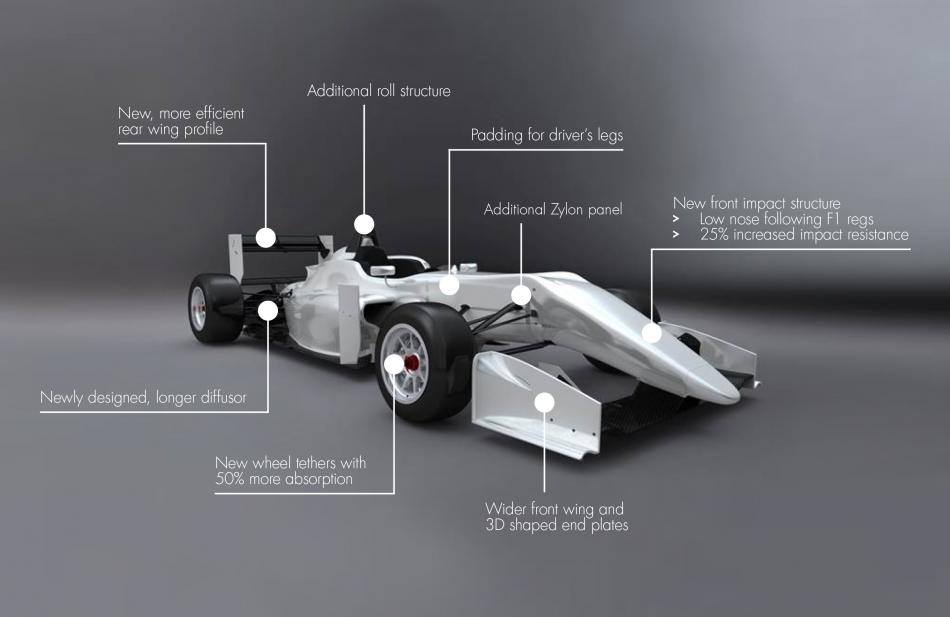
The chassis for the FIA Formula 3 European Championship has been significantly updated for the coming season. For 2017 safety and performance upgrades have been implemented which will visibly change the appearance of the race cars.
In accordance with the extension of the homologation period to 2019 the FIA has introduced updated safety standards including latest FIA Formula One safety developments. The nose has been lowered, minimising the risk of a car getting airborne when hitting a rear tyre of another car whilst having the added benefit of a more aggressive F1-style appearance. The front impact structure has been updated, which results in an increase of the impact energy absorption by about 25 per cent. In line with Formula One safety regulations, additional secondary U-shaped intrusion panels (“Zylon” panels) have been added to the sides and bottom area on the front of the car to increase stability. The survival cell of the monocoque has been fitted with additional padding to protect drivers’ legs. Furthermore, wheel tethers have been upgraded to sustain forces of up to 6kJ instead of 4kJ, to further minimise the risk of wheels getting detached from the chassis in case of a crash.
The 2017 safety upgrades follow safety improvements to the roll-hoop which have already been implemented in the previous season, adding an additional carbon-aluminium structure to protect the heads of drivers in case of roll-over incidents.
Simultaneously the regulations have been amended for aerodynamic parts which should enhance the performance of the car. The performance upgrades include new front wing endplates and outer front wing flaps for increased aerodynamic performance. The changes are mirrored in the rear wing with adjusted rear wing end plates and wing profiles to retain the car’s balance. In addition, an extended diffusor size will result in increased downforce and reduced drag, hence improving the aerodynamic efficiency of the car.
Stefano Domenicali, President of the FIA Single-Seater Commission commented: “This is a very important step in the evolution of the series, not only because of the improvement in performance and safety of the cars, but also because it gives stability to the rules which is fundamental to keep costs under control. These changes are undoubtedly in line with the concept of making the series more affordable. Despite the initial outlay to implement the upgrades, the returns will greatly outweigh the investment as these new-spec cars not only offer a more attractive package for teams and drivers, but also ensure that the chassis homologation period can be extended. Consequently, it prevents the teams from having to buy new cars as they can compete with the current chassis over the next three years while safety is not compromised and a performance gain is guaranteed.”
Robert Maas, FIA Formula 3 Technical Delegate commented: “The new upgrades to the F3 chassis mean increased safety for competitors and improved aerodynamic performance, handling and driveability of the cars. The full kit is available from the chassis manufacturer now and will be used by teams for testing next month. Then we will also find out exactly how much faster the new car will be.”
Domenicali talked also about the current situation of the FIA F3 field. “In 2016 we took the important decision to introduce limits to the number of entries in order to avoid the troubles we sometimes had in the previous year when there were up to 37 participants in a single event. This made management really difficult and was detrimental not only to the show, but also to the environment that the drivers need to make the best out of their experience in the category. With a more selective grid, it naturally increases the level of quality of the drivers.
This happened in coincidence with a difficult moment for all the young categories, as the numbers confirm: while in 2015 the cumulative number of drivers racing in F3, Formula Renault and GP3 was 87, it decreased to 70 in 2016, 22 of which as an average raced in our championship. In this climate, I believe FIA F3 has emerged as the strongest package for drivers moving up the single-seater pyramid. This year, it looks like we may have a slightly higher number of competitors, allowing us to reach the self-imposed limit which we feel is the optimum balance between quality and quantity.”
2017 is shaping up to be a tantalising prospect, with the best teams fielding top junior talent across Europe. Domenicali’s predecessor as the Single-Seater Commission President Gerhard Berger, agrees, and added, “2017 looks like it will be a great year for F3. There are a lot of very talented young drivers coming in, and they will face a tough challenge from the more experienced guys. The racing last season was really close but for the most part it was clean and fair. That’s the environment we should be encouraging, and to see the updates to the car for this year and the efforts to cut costs, it should make things even better.”
Overview of the safety and aerodynamic upgrades:

The Dallara 2017 FIA F3 European Championship car:
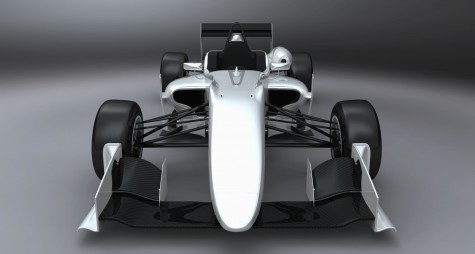

The 2016 car in comparison:



 Facebook
Facebook Twitter
Twitter